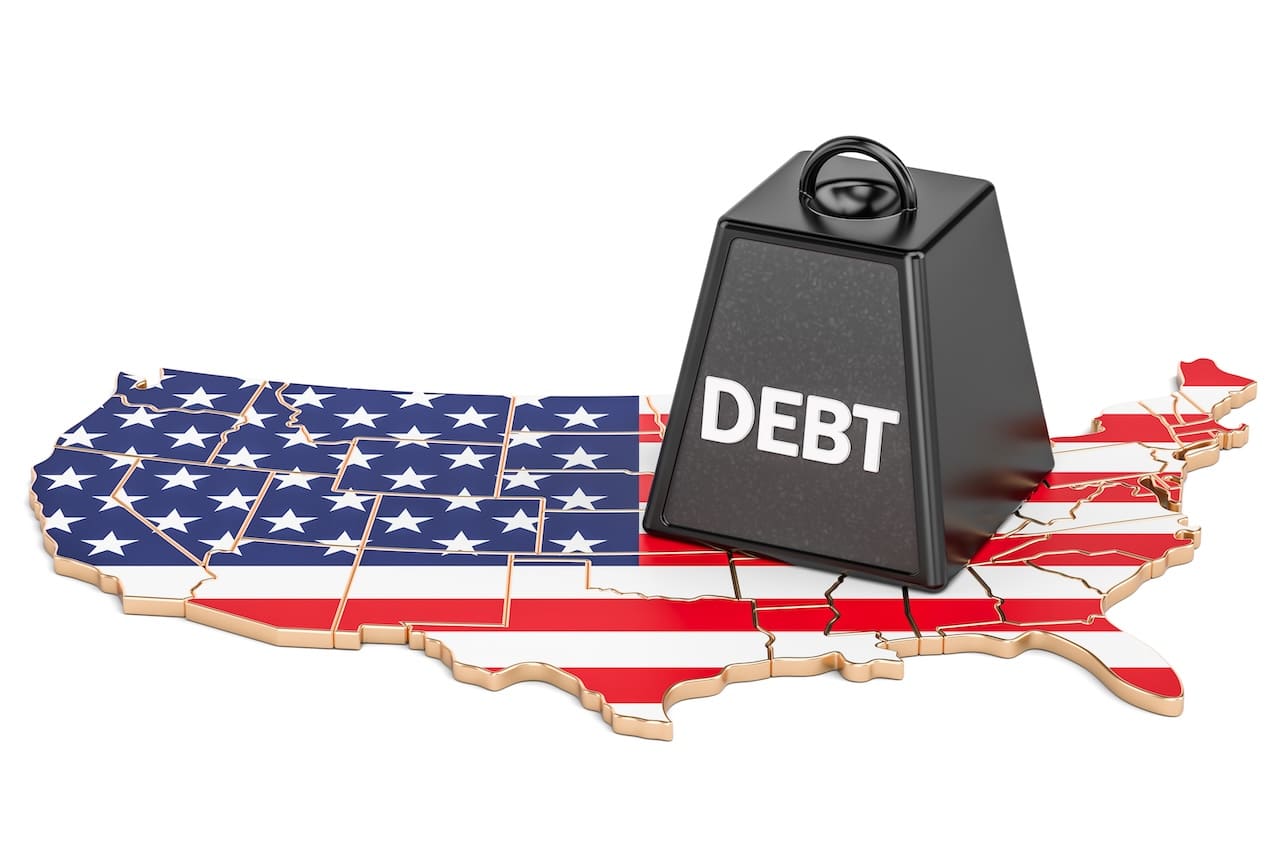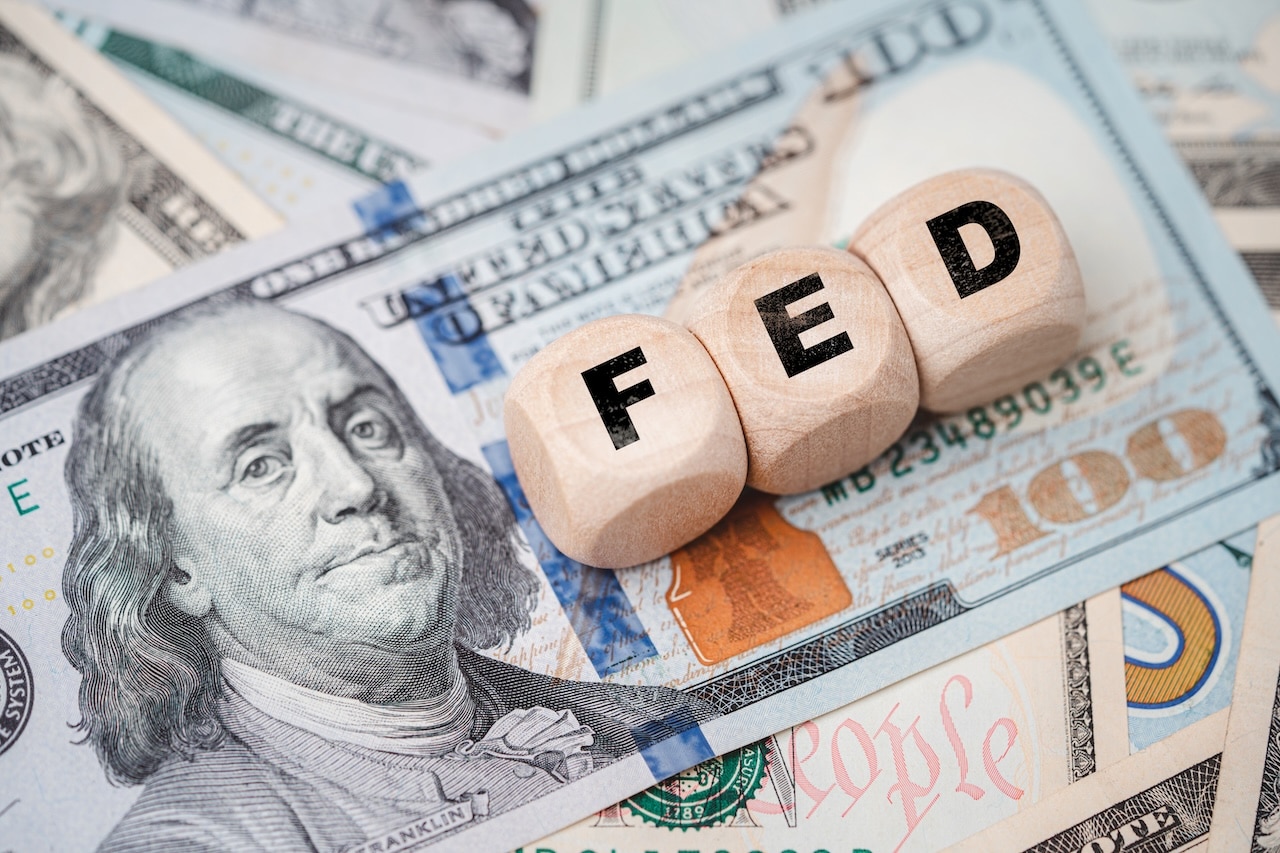Credit Sesame discusses US national debt after the latest Treasury announcement on January 2, 2024.
On January 2, the US Treasury Department announced that federal government debt had reached $34 trillion for the first time. This comes as the government approaches new deadlines for resolving the funding shortfall that it postponed temporarily in fall 2023. The resolution of this problem could have a huge impact on the nation’s economy this year.
The difference between deficits and debt
Though they are related, Government deficits and debt are two different things.
- A deficit occurs when the federal government’s expenditures exceed its revenue in a fiscal year. Theoretically, if the government had savings from prior surpluses, it could run an occasional deficit without borrowing money. However, since the United States routinely runs deficits, each must be funded with new borrowing. Over the past 60 years, the government has only run a surplus five times and has not had a surplus since 2001.
- Government debt represents the accumulated total owed due to ongoing deficits and borrowing over time. Each deficit adds to the government debt and adds interest payments.
In an attempt to rein in spending, the government periodically sets a debt ceiling. However, this has little impact because the government has routinely raised the debt ceiling when needed.
As a practical matter, the debt ceiling is an ineffective way of trying to discipline government spending because the cumulative debt is the result of many years of borrowing. Trying to suddenly bring it under control simultaneously could have drastic consequences. Instead, the government would need to start by balancing the annual budget and then running a series of annual surpluses.
With only five annual surpluses in the last 60 years, history has shown that the government has generally been unable to reach even the incremental goal of regular yearly surpluses.
What risk does government debt pose?
As a result of these regular deficits, government debt has grown steadily since the early 1900s under both Republican and Democratic administrations. So, regularly setting new debt records is nothing new, but what is alarming is how the growth in government debt has accelerated, first beginning in the early 1980s and then again in the early 2000s.
This is like the economic equivalent of climate change. It has been going on so long that ignoring its incremental worsening is easy. Or the problem can seem too big to solve. Ultimately, though, failure to act could mean accepting some dire consequences. What might those consequences look like?
A school of thought believes the level of government debt doesn’t matter because the government can always issue more dollars to cover that debt. However, in the past, world governments have found that, when taken too far, this approach results in hyperinflation.
At the other extreme, slamming the brakes on spending too fast could result in a recession – or worse. The economy has become so dependent on government spending that pulling back too quickly could cause an economic chain reaction. This would be worsened by defaulting on debts because that would raise the ultimate cost of borrowing. Even threatening to default has resulted in a downgrading of the country’s credit rating, a measure assessed by independent credit rating agencies similarly to how consumers’ credit scores are evaluated but by different agencies.
Balancing these extremes calls for compromise. Whether that delicate judgment is possible in an election year remains to be seen.
Consumers can’t afford to be complacent
2023 ended on a note of optimism that the economy might be on its way to a soft landing. Inflation was slowing without the economy lapsing into a recession. The US national debt situation threatens to dash that hope. Uncontrolled spending and borrowing could revive inflation. Dramatic measures to curb spending could shrink the economy.
Under the circumstances, consumers should not assume that a soft landing will allow the economy to live happily ever after. It may be a good idea to take steps to reduce exposure to the risk posed by the US national debt:
- Work on credit score. With credit risk a growing concern, the gap between the interest charged on credit cards for poor credit customers and good credit customers has been widening. Do what you can to get on the right side of that gap.
- Reduce household debt. Don’t assume interest rates will come down in 2024, especially if you don’t have great credit. The surest way to pay less interest is to reduce your debt.
- Rein in spending. Americans went on a spending binge after the pandemic. That’s fine, but it’s time to return to a sustainable budget. That means one that doesn’t depend on continued borrowing.
- Build an emergency fund. If the debt problem causes the economy to shrink, you may need some savings to get by.
By taking some or all of these steps, consumers may be able to set a better example of fiscal responsibility than their government.
If you enjoyed US national debt in the spotlight again in January 2024, you make like,
- 2024 credit conditions worsening for consumers
- Are your personal finances ready for 2024? 9 ways to prepare
Disclaimer: The article and information provided here is for informational purposes only and is not intended as a substitute for professional advice.




















